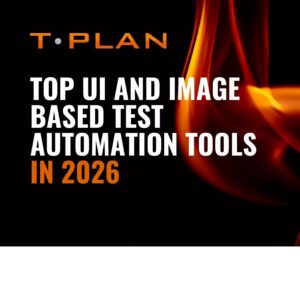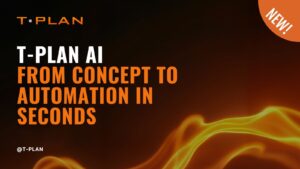The automotive industry is undergoing a software testing shift with the rise of Software-Defined Vehicles (SDVs). Unlike traditional vehicles where software remains static throughout the car’s lifecycle, SDVs require dynamic software updates and a development process that supports continuous enhancement.
To achieve this, the focus must shift from outdated Hardware-in-the-Loop (HIL) testing to a more agile Software-in-the-Loop (SIL) approach, enabling testing earlier in the development process.
Why SIL Matters for SDVs
HIL testing on traditional ECU infrastructures has long been the norm, but it’s ill-suited for SDVs, where user-relevant upgrades and software updates are key. SIL testing allows engineers to simulate, test, and validate software independently of hardware, paving the way for:
-
- Faster detection of errors
- Increased speed to market
- Substantial cost savings
This approach mirrors best practices from industries like banking, where integrating testing into the software development process has been standard for years. By identifying bugs early, the cost and effort to resolve them are drastically reduced.
Integrating Testing into the Development Lifecycle
To fully embrace the potential of SIL, testing must be a continuous, integrated part of the development process. Automation plays a pivotal role here, ensuring that every build of software is rigorously tested as it’s developed. However, effective testing requires a balance:
-
- Conducting on-premise testing for hardware and software integration early
- Transitioning to cloud-based testing for scalable, virtualised regression tests once a stable baseline is established.
This hybrid approach allows for controlled testing environments while paving the way for advanced automation and simulation capabilities in the cloud.
Why T-Plan is Your Trusted Partner for SDV Testing
T-Plan is purpose-built for the unique demands of SDV development, offering a robust, flexible testing solution that integrates seamlessly into continuous integration pipelines. Here’s why T-Plan stands out:
-
- Universal Automation: T-Plan automates UI and UX testing across platforms and environments, ensuring full coverage from SIL to HIL testing scenarios.
- Early and Continuous Testing: By enabling testing at the earliest stages of development, T-Plan helps teams catch and fix issues early, minimising costly late-stage fixes.
- Scalable and Flexible: T-Plan supports both on-premise controlled testing environments and cloud-based regression testing, adapting to the needs of any project.
- Integration with CI/CD Tools: Fully compatible with tools like Jenkins and GIT, T-Plan enhances your continuous integration workflows for smoother, faster deployments.
With T-Plan, teams can automate testing 24/7, delivering accurate, consistent results that accelerate time to market while improving software quality.
Continuous Integration: A Game-Changer for Automotive Development
The automotive industry is moving away from traditional linear testing models, such as the V-model, where testing occurs in distinct phases. Instead, a more fluid, iterative process is emerging:
-
- Build, test, and deploy in parallel.
- Use tools like T-Plan to automate UI testing and orchestrate other tools in the Software Development Lifecycle (SDLC).
- Ensure continuous feedback through integrated systems like Jenkins and GIT.
Automation in continuous integration doesn’t just save time—it ensures 24/7 testing, providing immediate feedback on builds and accelerating time to market.
The Role of T-Plan in SIL Frameworks
T-Plan stands out as a central solution for continuous integration testing.
-
- Automates UI and UX testing at any stage of development.
- Drives other toolsets in the SDLC to automate complex testing scenarios.
- Runs tests continuously, both during and outside office hours, maximising efficiency.
By automating these processes, T-Plan ensures higher accuracy and consistency in software builds, enabling engineers to deliver reliable, high-quality software faster.
A New Era for SDV Testing
The transition to SDVs demands a reimagined approach to software testing—one that integrates seamlessly with development processes, leverages automation, and supports continuous improvement.
With tools like T-Plan, the automotive industry can embrace this transformation, ensuring robust, scalable, and efficient testing for a new generation of vehicles.
Ready to optimise your testing process? Learn more about T-Plan and how it can revolutionise your approach to software development and testing.



